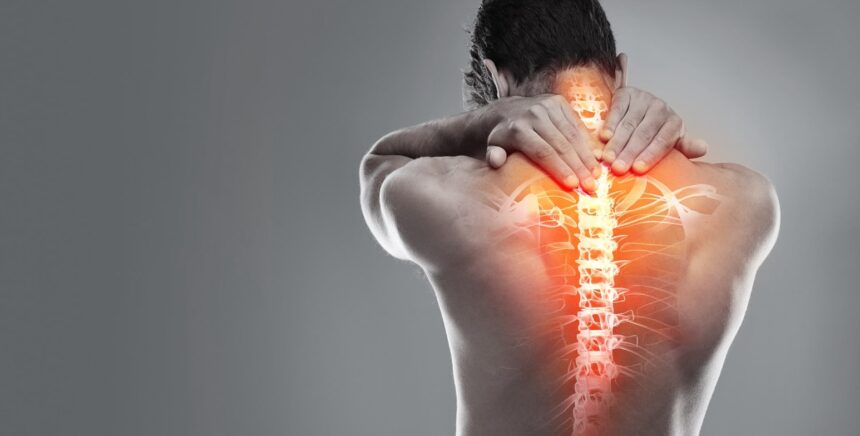Introduction
Pain is one of the most common reasons people seek medical care. While modern medicine provides advanced treatments and medications, traditional and holistic approaches have been used for centuries to manage discomfort and improve overall well-being. Today, many patients and healthcare providers are finding that the best results often come from combining both modern and traditional therapies—a practice known as holistic pain management.
This approach treats not only the physical symptoms of pain but also the emotional, mental, and lifestyle factors that can influence it. By blending evidence-based medicine with time-tested natural practices, holistic pain management offers a well-rounded path toward relief and recovery.
What is Holistic Pain Management?
Holistic pain management is an integrative approach that combines modern medical treatments (like medications, injections, or surgery) with traditional and alternative methods (like acupuncture, yoga, or herbal remedies). The goal is not just to reduce pain but to enhance overall health, restore function, and address the root causes of discomfort.
Modern Approaches to Pain Management
1. Medications
- Over-the-counter pain relievers like ibuprofen or acetaminophen.
- Prescription medications such as opioids (used cautiously), antidepressants, or anticonvulsants for nerve pain.
2. Interventional Procedures
- Nerve blocks, spinal cord stimulation, and radiofrequency ablation to block or reduce pain signals.
- Epidural injections for back and nerve-related pain.
3. Physical Therapy
- Strengthens muscles, improves mobility, and reduces strain on joints.
- Often used for chronic back pain, arthritis, and post-surgery recovery.
4. Technology-Based Treatments
- Virtual Reality (VR): distracts patients from pain perception.
- Wearable devices: track activity and provide biofeedback for pain management.
Traditional and Natural Therapies
1. Acupuncture
- An ancient Chinese practice that uses fine needles to stimulate energy pathways and relieve pain.
- Effective for migraines, arthritis, and chronic back pain.
2. Herbal Remedies and Supplements
- Turmeric, ginger, and omega-3 fatty acids have anti-inflammatory properties.
- Must be used with caution to avoid interactions with prescribed medications.
3. Massage Therapy
- Relieves muscle tension, improves blood flow, and reduces stress-related pain.
4. Yoga and Meditation
- Combines physical movement, breathing, and mindfulness.
- Helps reduce stress, improve flexibility, and ease chronic pain.
5. Chiropractic Care
- Focuses on spinal alignment to reduce musculoskeletal pain.
Benefits of Combining Modern and Traditional Therapies
- Comprehensive Relief: Addresses both physical and emotional aspects of pain.
- Fewer Side Effects: Patients may rely less on medications, reducing risks like dependency.
- Personalized Care: Allows patients to choose methods that work best for their body and lifestyle.
- Long-Term Results: Encourages healthy lifestyle habits alongside medical interventions.
A Practical Example of Holistic Pain Management
A patient with chronic back pain may receive:
- Modern Treatment: Physical therapy and occasional steroid injections.
- Traditional Therapy: Weekly yoga, acupuncture, and herbal supplements for inflammation.
- Lifestyle Support: Stress management techniques and a healthy diet.
Together, these therapies provide better pain control than any single approach alone.
Conclusion
Holistic pain management represents the future of healthcare—an approach that respects both science and tradition. By blending modern medical treatments with natural and traditional practices, patients can achieve more effective, sustainable, and balanced pain relief.
Pain is not just a physical sensation; it’s connected to the mind, emotions, and lifestyle. A holistic approach ensures that every aspect of health is considered, empowering individuals to live fuller, healthier, and more comfortable lives.

